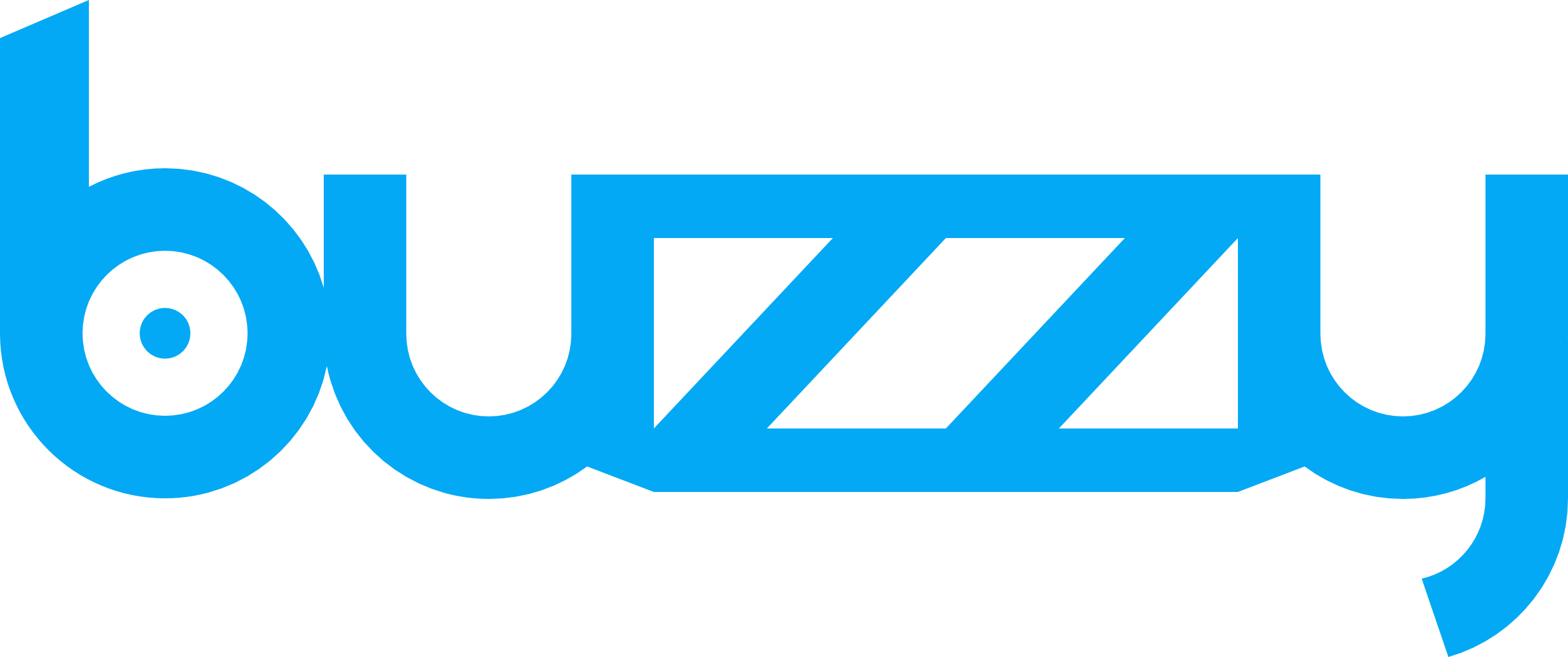Using AI to Generate Code Is NOT the Same as No-Code – Here’s Why That Matters
- Adam Ginsburg
- Jun 3, 2025
- 3 min read
Updated: Jun 5, 2025

AI is transforming software development. But as new tools flood the market promising to “build your app with a prompt,” it’s easy to miss a critical distinction:
AI-generated code ≠ No-code.
Yes, both use AI. Yes, both speed up development. But the difference between the two is massive—especially when it comes to maintainability, usability, and long-term success.
Let’s break it down.
🧱 AI Code Generation: A Mountain of Messy Output
Most AI dev tools today (think v0.dev, Replit, Lovable, Bolt.new ) focus on generating raw source code—HTML, JS, Python, ReactJS, React Native, you name it.
When you're doing this line by line, function by function it's awesome: a developer vets and corrects everything. It helps to speed up development. Hence co-pilot and human in the loop (HITL) terms.
But when you use it to generate the entire application , here’s what really happens:
⚠️ You get a huge pile of unverified code
🧠 Only developers can understand or work with it and that's not easy.
🔄 Want to make a change? You’ll need to:
Re-edit or regenerate the code
Validate it still works
Re-test everything
💥 Upgrades (e.g. React or platform changes)? That’s your problem,
It’s like asking AI to build you a electric car… then heading into somewhere to get it services - no mechanic has every seen a car of this type before.
Buzzy’s Approach: AI + No-Code = Smart, Scalable, Editable
Buzzy does things differently. We don’t just generate code—we generate data the defines how the application works, which is interpreted by human written, enterprise grade structured code applications.
Here's what that means:
Buzzy uses AI to create a clean App Definition (think: UI, data, logic—all in a structured, editable format) that an AI understands.
That definition is rendered by the Buzzy Core Engine—secure, high-performance, and maintained by us either as a web application or as native (iOS/Android). We use React Native under the covers, but you don't need to worry about that.
You can edit everything visually, either inside Buzzy or in Figma
Need code? Drop in a code widget—just a small, modular snippet—not an entire system or make a call to external code APIs via REST, as need. For example, Make, n8n, AWS Lambda or your own API endpoints.
You get the power of AI and the ease of no-code, without the mess.
Key Differences: AI + Code vs. AI + No-Code
Feature | AI Code Generation | AI + No-Code (Buzzy) |
Output Type | Large raw codebase | Structured no-code definition |
Who Can Edit It? | Developers only | Designers, founders, teams |
Instantly change Figma and update both web/native - no design to dev handover | ❌ No | ✅ Yes |
Maintainability | Manual, fragile | Automated, stable |
Stack Upgrades (React, etc.) | Your problem | Buzzy handles it |
Custom Logic | Full custom coding required | Optional code widgets or make calls to external APIs |
Speed to Market | Slows over time | Stays fast, iterative |
The Upgrade Test: A Real-World Example
Let’s say React Native releases a major new version.
With AI Code Generation:
You need to ask AI to regenerate the app
Rebuild, rewire, re-test
Pray nothing breaks
With Buzzy:
We handle it.
The Core Engine is upgraded behind the scenes
Your app keeps running
That’s the difference between a self-built machine and a managed platform.
It’s Not Just Faster. It’s Smarter.
AI code generation gives you speed—for now.But Buzzy gives you speed + sustainability + simplicity.
We’ve blended the magic of AI with the pragmatism of no-code to build something you can actually rely on.Maintain, scale, and iterate without friction.
So no, AI code generation is not the same as no-code.And if you care about what happens after your MVP goes live—Buzzy’s the smarter bet.
🚀 Ready to see how Buzzy works?👉 Try it free



